This mysterious embalming custom is unique in the Philippines
Since 2000 BC, the Ibaloi people of the Philippines have practiced a very different burial culture.
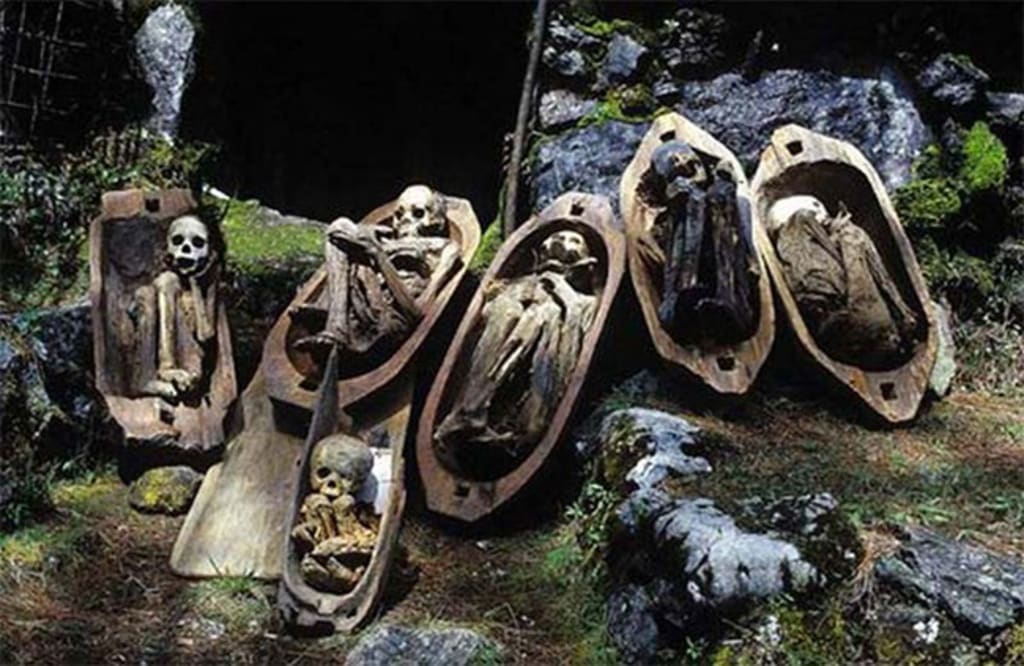
Since 2000 BC, the Ibaloi people of the Philippines have practiced a very different burial culture.
Kabayan mummies that are hundreds of years old are the result of long periods of smoking both inside and outside the body, which only applies to tribal leaders.
Embalming the dead was a common practice in ancient times. Found in a cave in the town of Kabayan in the Benguet province of the Philippines, the Kabayan smoked mummies are remains preserved through a lengthy dehydration process. They provide researchers with an understanding of the unique mummification process and the tribal people who applied it, according to Ancient Origins.
They let people who are about to "near the earth and far away from heaven" drink extremely salty salt water, causing the body to become seriously dehydrated and soon become dry. When this person died, they smoked and burned the body, creating a mummy that would last for thousands of years.
Ibaloi are an indigenous people of the island nation of the Philippines, mainly residing in the Northern region. They are concentrated in the cities of Kabayan, Bokod, Sablan, Tublay, La Trinidad, Tuba and Itogon; has a total population of over 110,000 people.
The Ibaloi people rely on agriculture. They work on terraced fields, cultivate rice and familiar food crops of Southeast Asia such as sweet potatoes, taro... Ibaloi beliefs worship gods and spirits. They practice animal sacrifice rituals, make offerings, and offer rice wine.
According to Ibaloi mythology, in the past, humanity committed many crimes. They made the gods angry, creating a great flood to wipe out all humans. When this flood swept over Mt. Pulog (mythical place), only one couple survived. They are the common ancestors of the Ibaloi people.
The social life of the Ibaloi people is very complex, with a division between rich and poor classes. Rich households are called baknang, living in a large family style, including 4-5 couples and children in a private residence. Poor households are called abiteg, living as a single family with just a couple and children.
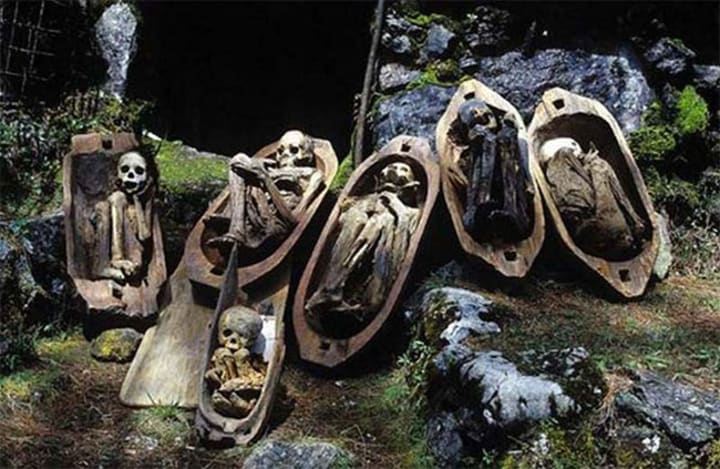
According to researchers in the Philippines, since around 2000 BC, the Ibaloi people have practiced a special burial ritual reserved for the rich: Embalming. People call it Ibaloi mummy, Benguet mummy, Kabayan mummy or fire mummy.
Most embalming customs in the world are only carried out after the subject being embalmed has passed away. Particularly for the Ibaloi people, preparations begin right from the moment the person dies.
Only tribal leaders were embalmed through smoking. They were given extremely salty salt water to drink. The salt concentration is so high that it causes the internal organs to be washed clean, and the body to fall into a state of serious dehydration. After a few weeks to a few months, their bodies become withered.
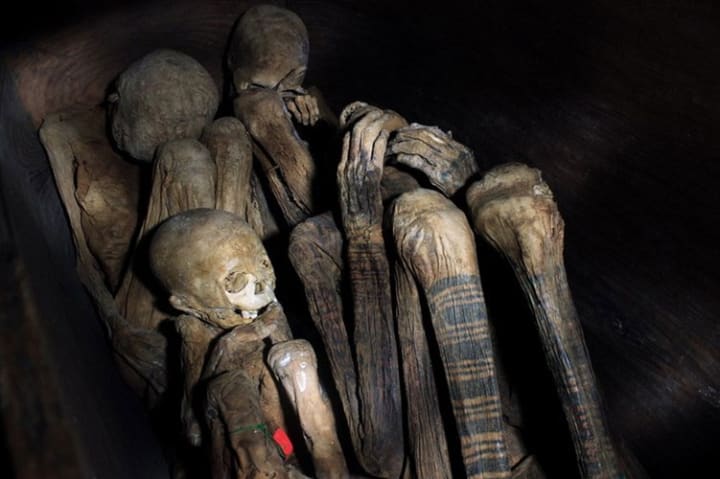
Kabayan - a town in Benguet province, northern Luzon island, Philippines is home to the majority of Ibaloi people - an ethnic group with a unique culture of the Philippines. The Ibaloi people are known around the world for their practice of embalming their dead.
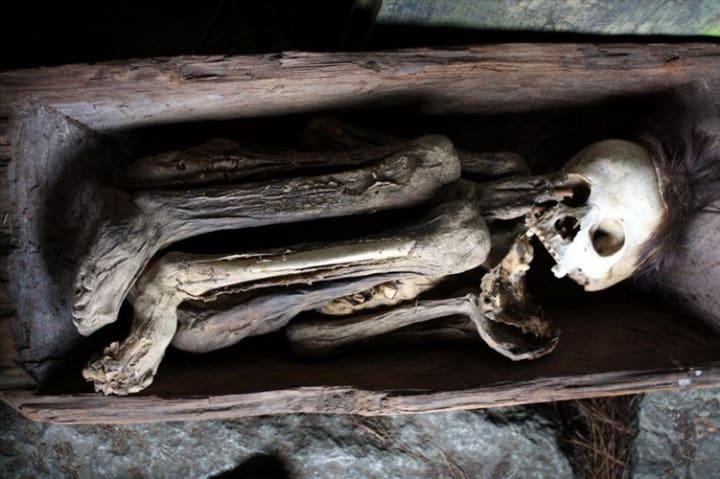
This custom was practiced by the Ibaloi long before the Spanish colonialists invaded the Philippines. Embalming was carried out in a lengthy ceremony and was reserved only for high-class members of the community.
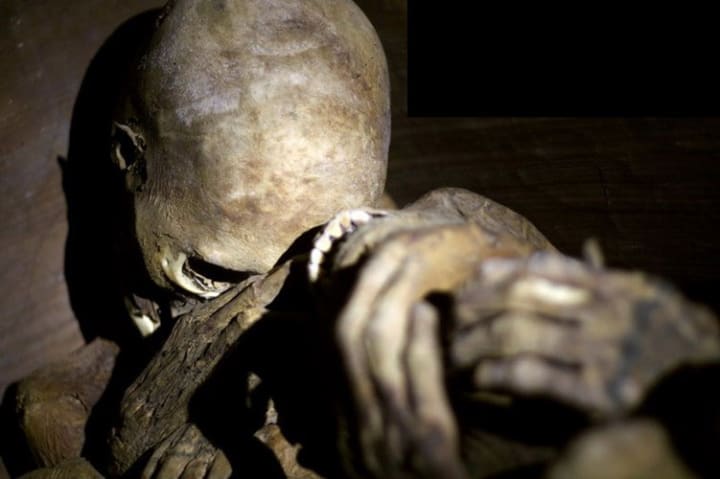
Kỹ thuật ướp xác của người Ibaloi dựa trên việc sử dụng muối và các loại thảo mộc kết hợp với tác động của lửa. Quá trình này có thể kéo dài đến 2 năm.
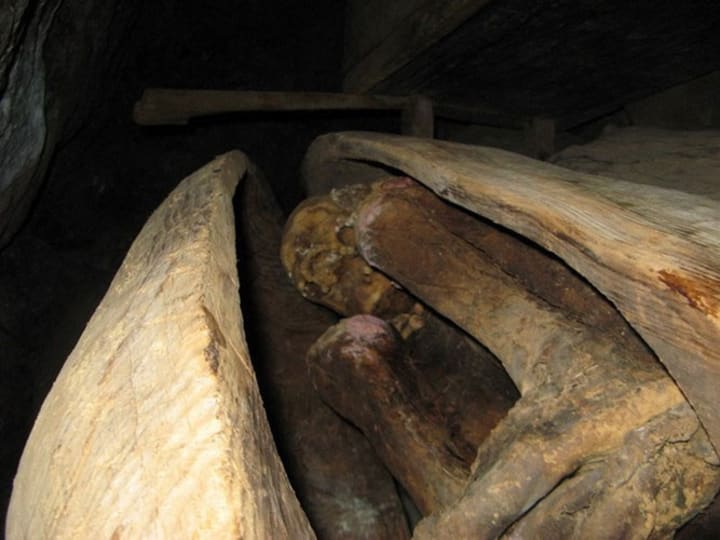
Once completely dry, the mummy was placed inside a coffin made of pine wood and buried in a natural or artificial cave dug deep into the rock.
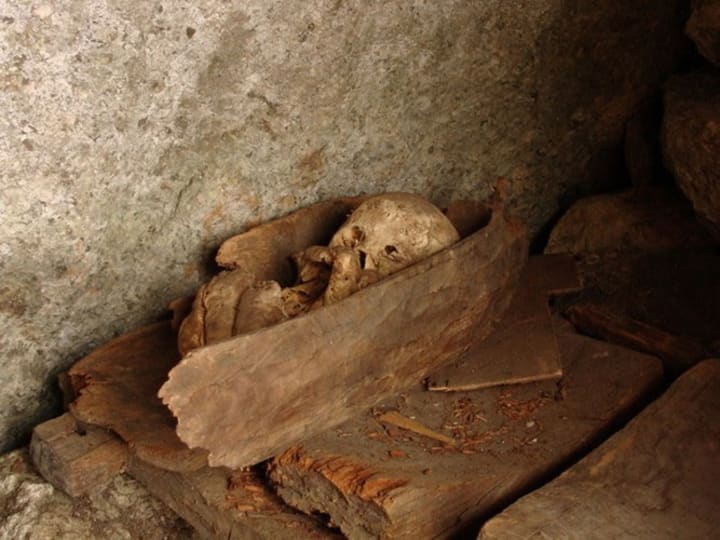
This practice ended when the Spanish colonized the Philippines and imposed Catholicism on the indigenous community. Since then, the caves containing the mummies have been abandoned for a long time.
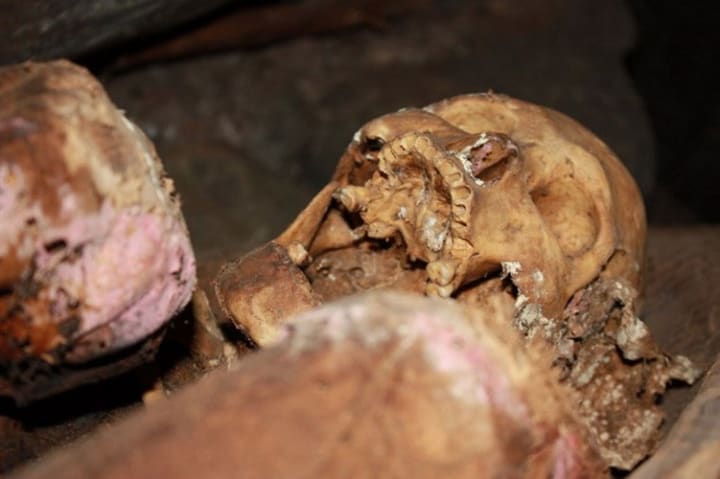
After being rediscovered in recent decades, many caves have been infiltrated by ancient tomb robbers. Tourists are also a factor that causes mummies to be damaged and lost.
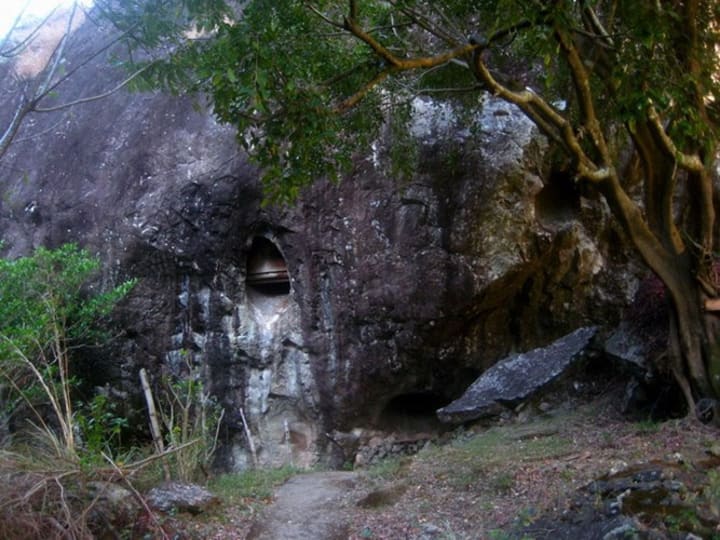
According to statistics, on the slopes around the town of Kabayan today there are more than 200 caves and 15 of them contain mummies. In addition, there may be many other caves containing mummies buried in the heart of the mountain.
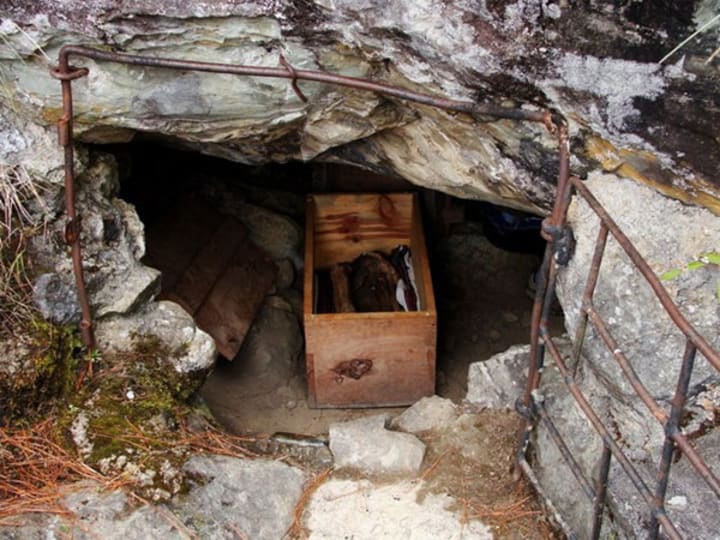
The Philippine archaeological agency has actively cooperated with international organizations to research and preserve these mummies. Many management measures have been put in place to protect mummies from negative impacts from humans.
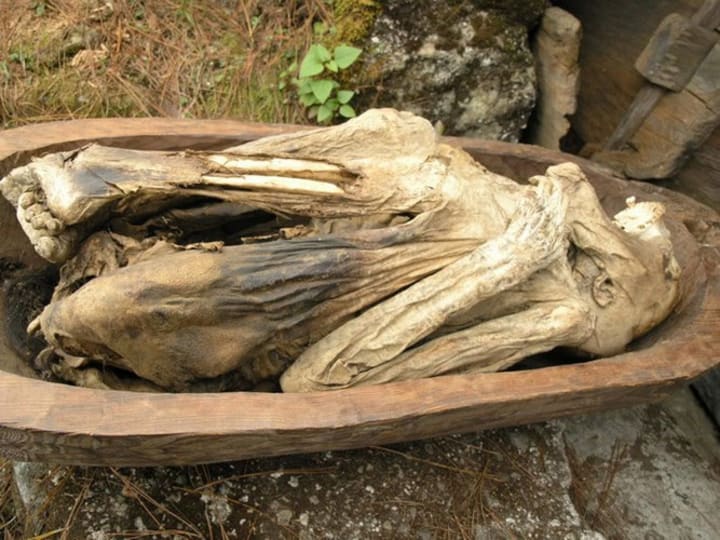
Currently, the Kabayan mummy caves have been recognized by the Philippine government as a national heritage, symbolizing the unique culture and beliefs of the Ibaloi tribe, in need of special preservation.
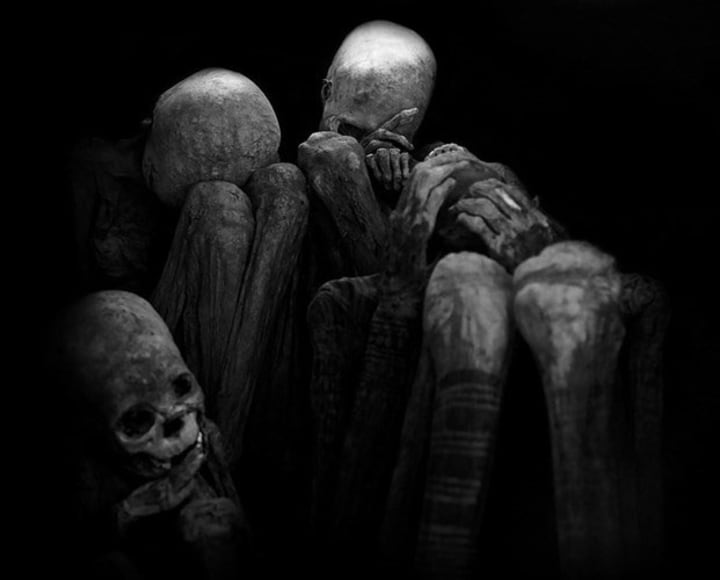
This relic has also been submitted by the Philippines to UNESCO for consideration for World Heritage status
Today, Kabayan mummies still lie in the cave where they were discovered. Although the cave is located in a remote area, theft and vandalism have become a major concern, causing the cave cluster to be classified as one of the 100 most endangered places in the world, and considered for UNESCO World Heritage status. UNESCO World Heritage Site. The Kabayan mummy that has existed for hundreds of years is still at risk of being destroyed and disappearing. By protecting Kabayan Cave and keeping the location of the mummies secret, local authorities can keep them safe for future generations.
About the Creator
Ken aquariums
Telling stories my heart needs to tell <3 life is a journey, not a competition
If you like what you read, feel free to leave a tip,I would love some feedback
https://www.pinterest.com/Ken_Aquariums
https://s.shopee.vn/1B0pL9ZA9m
Enjoyed the story? Support the Creator.
Subscribe for free to receive all their stories in your feed. You could also pledge your support or give them a one-off tip, letting them know you appreciate their work.


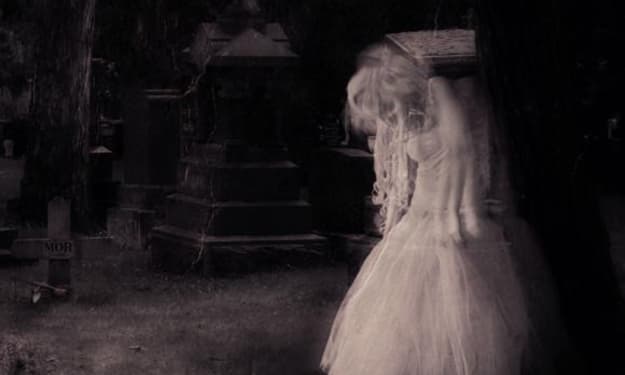



Comments (1)
Very inspiring read, thanks for sharing. Please develop it further so I can have more of this interesting knowledge